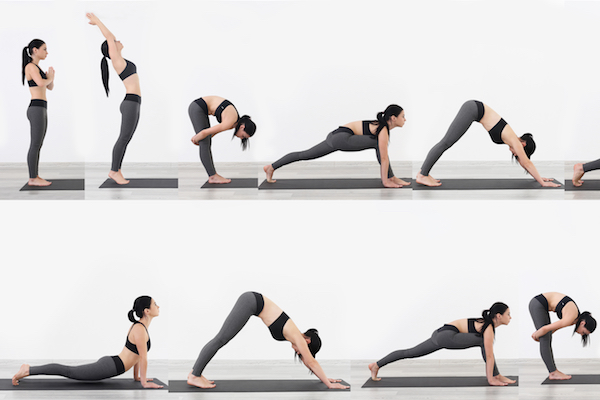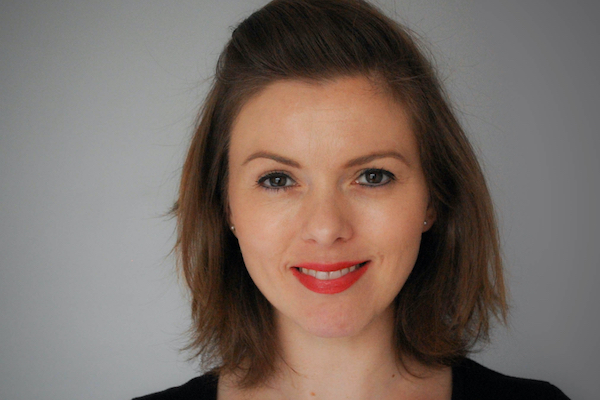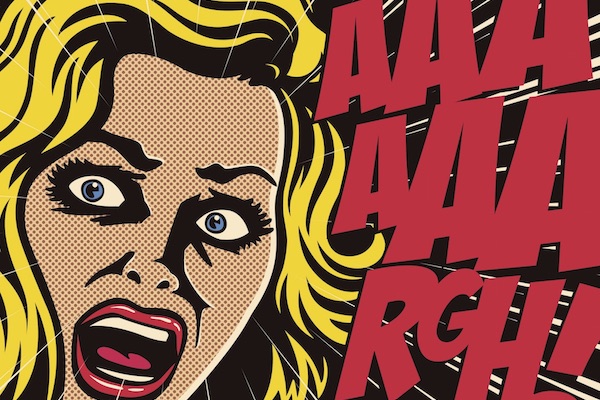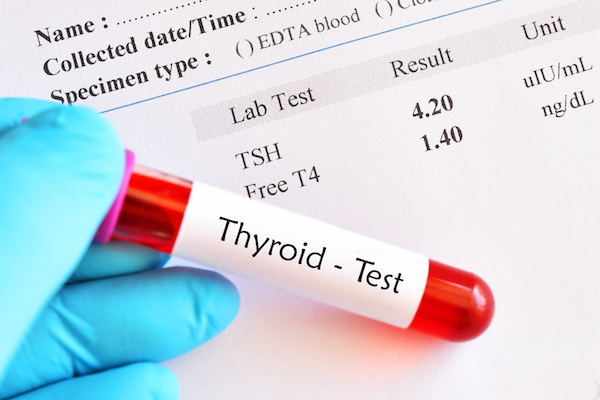
A focus on mechanics, micro- movements and adjustments in fundamental yoga poses. Let’s find that sweet spot!
Self practice in yoga can be absolutely invaluable. In a class with multiple participants, it can be near impossible for your instructor to tend to the needed micro-movements and adjustments of all students.
The obvious answer is one-to- one tuition but, bar that, self-practice with attention to detail and instructor knowledge can elevate your yoga sessions and unlock the full benefits of individual asanas.
Whether you’re an absolute novice or an experienced yogi, follow me through a break down of the postures of the Sun Salutation A series. Surya Namaskar - Sun Salutation - is a series of postures that warms, strengthens, and aligns the entire body. Suitable for all fitness levels and abilities, Sun Salutation can be a complete practice in itself or preparation for longer asana practice.
In this edition of Dynamic, we start by focusing on Mountain Pose, with emphasis on the mechanics, micro- movements and micro-adjustments to achieve alignment and integrity of posture. Mastering the Mountain is key to grounding your practice and unlocking the physical, mental and spiritual benefits to Surya Namaskar.
The mechanics of the Sun Salutation sequence were designed for stretching and opening the spine, lengthening the torso, strengthening the arms, abs, back and pelvic floor. In addition, this sequence strengthens the lungs, increases lymphatic flow which assists the liver and kidneys in detoxification, gets the heart pumping & increases blood flow to the brain which leads to a powerful boost in brain function.
Traditionally performed in the mornings to greet the new day, Surya Namaskar can be performed at any time for a lift in energy and positivity. What is good for the body is great for the soul!
TADASANA – MOUNTAIN POSE
Tadasana is where we start our Sun Salutation. Mountain Pose might look like you’re just standing there but this foundational asana is simultaneously still and active. It cultivates good posture, balance and calm focus, both on and off the mat. It can also be a powerful tool in resolving neck, back and shoulder pain
◗ Come to stand with your feet together as close as your body will allow. Ideally, the big toes will touch sightly with the heels slightly apart but respect that we are all different and feet can be placed anywhere as far as hip-width apart, in order to find balance.
◗ Lift the toes while stretching and spreading all 10 toes apart. Place them back on the mat, maintaining the space you created between the toes
◗ Pay attention to where you’re placing the pressure on your feet. The goal is to distribute your weight evenly through the balls and arches of the feet. Allow your feet to gently lift and roll to find a natural, equal grounding through all four corners of the feet.
◗ Move your attention up through the ankles, the calves and up to your thighs. For beginners, simply straighten your legs by gently flexing the quads. When paying close attention to the inner movement of the legs while doing this, you may notice that the inner thighs draw inwards (inner spiral) and the outer thighs draw outwards (outer spiral) which is the movement we’re looking for.
◗ Next would come the instruction to lift or lock the kneecaps. I DO NOT suggest this. After years of experience in working with yoga students of differing abilities and injuries, as well as the study of kinesiology, I instruct to keep the knee caps soft but engaged to create dynamic buoyancy. This might sound confusing when simply reading this but when practicing this micro-adjustment, it becomes apparent.
If you do feel your kneecaps locking, bend your knees ever so slightly to feel a deepening in the hips and comfort in the knees.
◗ Now imagine a string running from your tailbone through your spine and up to the crown of the head to the heavens. Take your time and imagine this string being pulled upwards while lengthening your spine and creating space between the vertebrae. Simultaneously draw your tailbone to your heals, creating length by the dual action of grounding and lifting through the spine.
◗ Move the shoulders blades towards each other on the back. Allow the shoulders to move backward and downwards, away from the ears. Expand and lift the collarbones. These movements allow for the opening and lifting of the diaphragm. Open the heart space and chest and breath deeply. Allow the arms to be relaxed at your sides or bring the hands in a prayer position to the centre of the chest.
◗ The chin should be slightly tucked and parallel to the horizon - back of the neck straight and comfortable. Draw your awareness to the area where the skull rests on the spine. By using micro- movements adjust the head and neck until you achieve a comfortable ‘head supported’ feeling.
◗ At this point there may be the tendency for the lower back to over-arch or for the pelvis to be tilted forward. We need to find our centre of gravity.
Move the pelvis slightly forwards and then backward, continue and allow this movement to become a gentle swaying, moving backward and forwards and even side to side, if that works for you. Gradually minimise the movement, making it small and smaller, until you come to rest in alignment. When you are well aligned you will find the physically easy and mentally quiet balance point of Tadasana.
◗ Now close your eyes if that is available for you. Breath deeply while checking through your pose and making micro- adjustments where needed.
Don’t rush out of the pose. Pausing for maybe five to ten breaths here gives the body a chance to get used to the alignment and really feel the benefit.- Continue breathing comfortably while feeling your connection to Mother Earth – feel how she supports you. Realise your connection with the heavens and know that you are part of all that is good in the world.
In our next issue, I continue the study of Sun Salutation and delve deeply into the micro’s of Swan Dive, Forward Fold and Plank Pose.
Yes, even Plank has a sweet spot!




